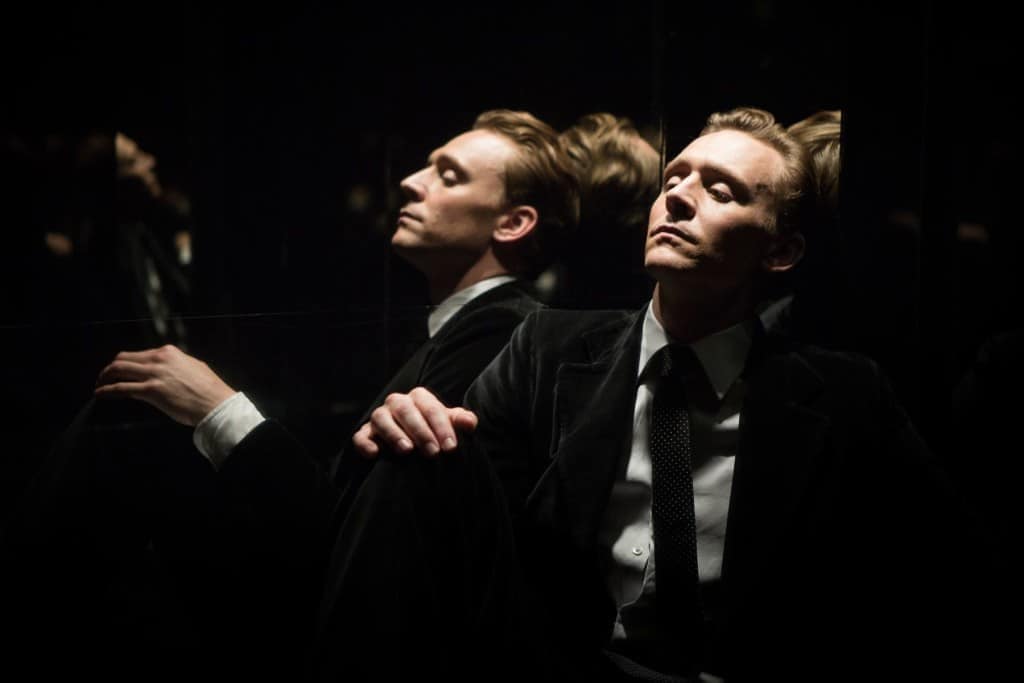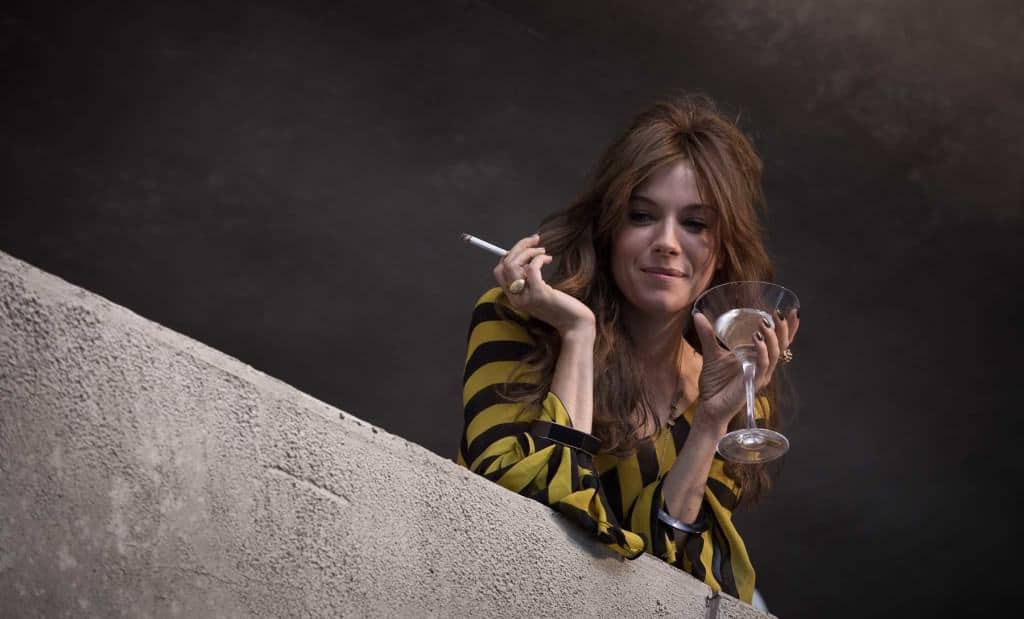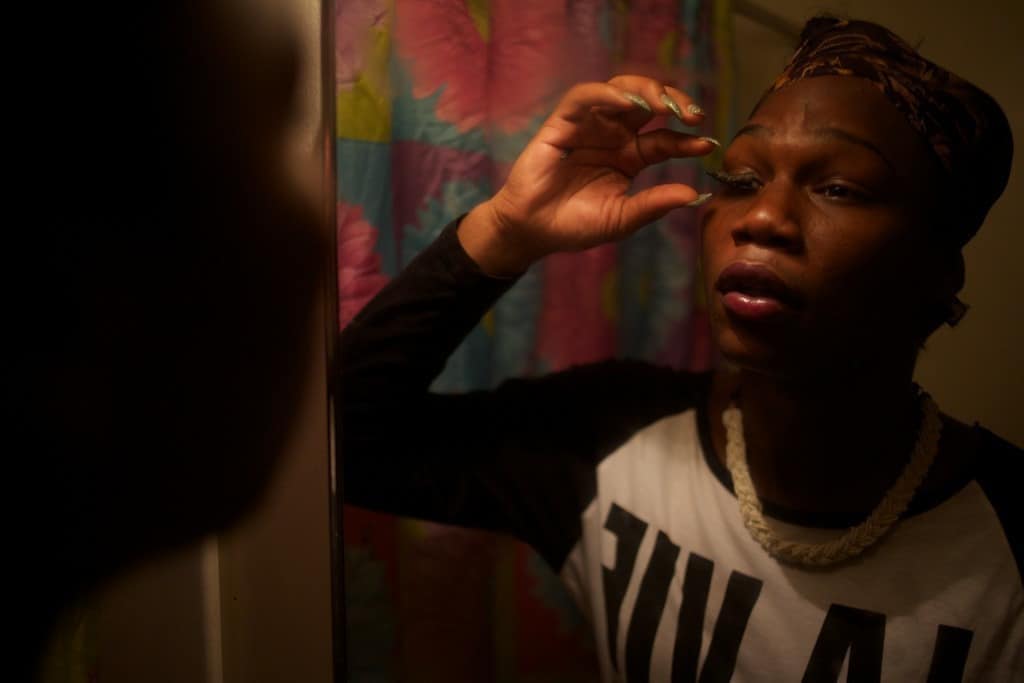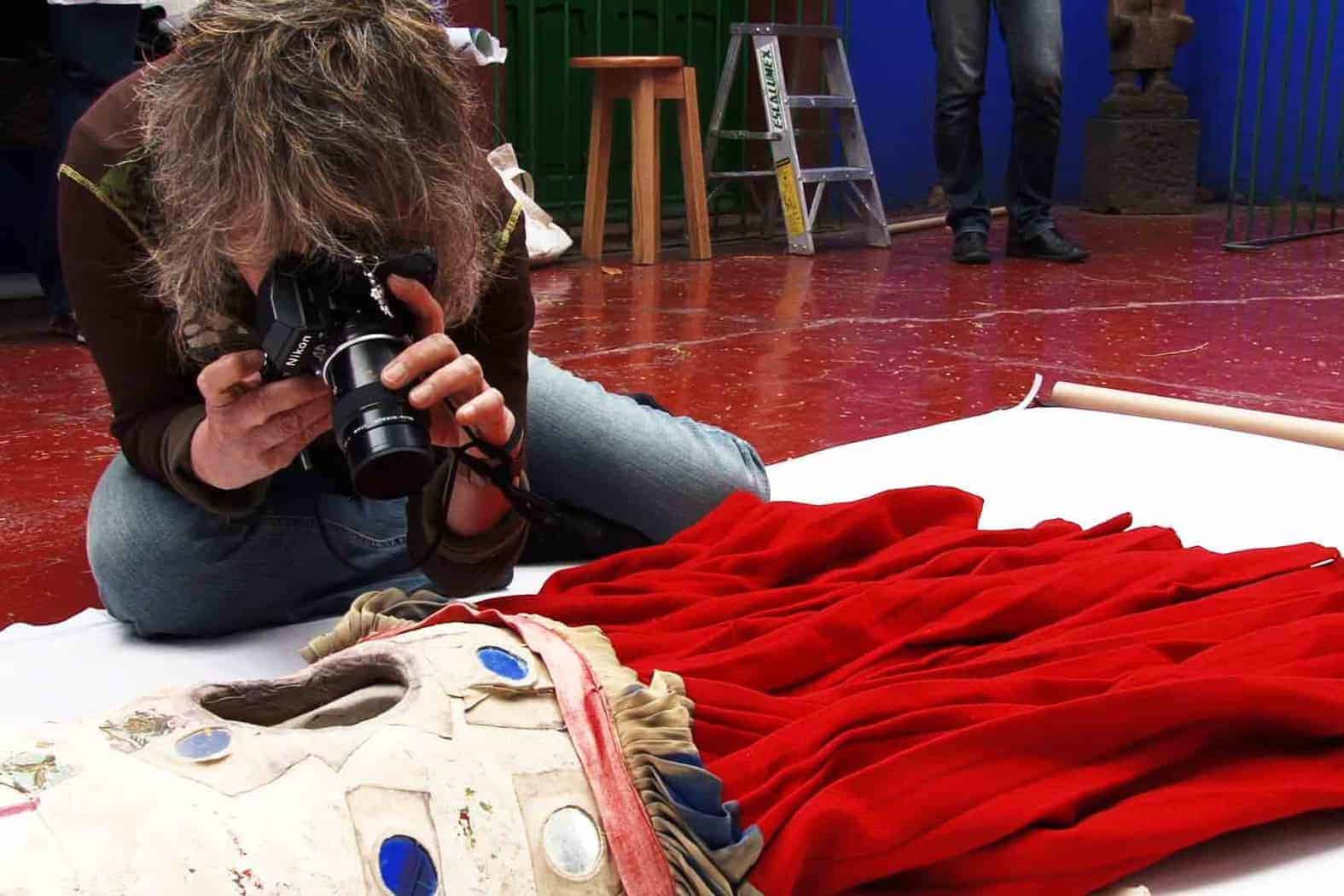Ben Wheatley’s High-Rise is probably easier to like if you haven’t read J.G. Ballard’s novel: you won’t know it’s missing 95% of his ideas. Wheatley’s film can barely offer more than views of Tom Hiddleston’s glorious torso.
High-Rise is now streaming on Netflix U.S.

High-Rise is probably easier to like if you haven’t read J.G. Ballard’s novel: you won’t know it’s missing 95% of his ideas. This adaptation, written by Amy Jump, feels like it was made by someone who only ever read the Cliff’s Notes — checking off the basic plot but missing all of the nuance. Ballard’s taut, short novel bristles with critiques of socio-economic structures, propriety and social customs, and the barbarism that lies carefully hidden just beneath the surface. Wheatley’s film can barely offer more than views of Tom Hiddleston’s glorious torso. In Simran Hans’ apt words, High-Rise is willfully “anti-intellectual”.
The titular high-rise, a 40 floor luxury apartment building, is at least vividly realised in the film. The apartments of the lower floors, and thus the lower class, are invitingly domestic, colourful and full of homey belongings. It’s here that the social- and high-rise-climbing Wilder (Luke Evans) unhappily dwells with his wife (Elisabeth Moss) and children. The middle floors are sparser, favouring modern, minimalist design: Doctor Laing (Tom Hiddleston), the newest addition to the building on the 25th floor, never even gets around to unpacking his boxes. The top floors are where the richest dwell in the lap of luxury, waited on by servants as they throw raucous parties. Their leader is the building’s architect and penthouse-dweller, Anthony Royal (Jeremy Irons).
The structure of the building gives rise to social factions and pathological behaviour. The building was designed for young professionals, all ostensibly from the same social class. But the building’s floors stratify this seemingly uniform group: each resident is keenly aware of his literal place in the social structure. The densely packed quarters are the crucible for this tension. As the nightly parties at each level intensify and luxury devices overload the building’s circuitry, the building starts to break down. The building’s decay starts at the bottom, with power failures and garbage pileups nobody cares to fix, while the upper floors remain unaffected.

The structure of the book mirrors and emphasizes the structure of the high-rise, but Wheatley’s film misses this element at every level. Divided into three-chapter sections, each following a particular character in a different section of the building, the book traps us in one part of the building with one protagonist. But in an attempt to keep up with all three characters, the film never commits to a single perspective, switching constantly between Laing, Widler, and Royal. We never sense how distinct factions develop.
Ballard’s prose brings us into the high-rise mentality, but Wheatley keeps us at arm’s length from the thrill of high-rise-induced primitivism. The novel’s syntax recreates the heartbeat of a building full of people itching to return to the basest state of savagery imaginable. The film’s closest equivalent is to show repeated establishing shots of the tall, isolated building, surrounded by nothing but a large parking lot and the city on the horizon. Its towering presence reminds us of its sinister influence on its inhabitants. Wheatley’s attempt is cold and isolating: it does nothing to bring us close to the thrum of the building’s inhabitants, the repeated phrase “high-rise life” that punctuates the book.
For Ballard, chaos was the MacGuffin, a way to expose what lies just beneath. But for Wheatley, chaos seems to be the point. This gets increasingly tiresome as everything descends into wreckage. Wheatley is more concerned with depicting the brutish ferocity of his characters from a distance than giving us a taste of the rush that drives their bloodthirstiness. Though Wheatley benefits greatly from the physicality of Evans and Hiddleston, every dialogue-centric scene is as lively as cardboard, utterly wasting his talented cast. Wheatley can’t wait to get back to the action, missing the more interesting question of the order that persists within the anarchy: the tacit agreement never to use guns, the daytime peace treaty that allows the elevators to operate and people to continue to work. Whereas Ballard’s vision deepened as it progressed, drawing more and more terrifying parallels to our civilized world, Wheatley’s film just gets loud and bloody.

Yet, bizarrely, Wheatley seems unwilling to commit to the darkness of the world he’s created. This is most prevalent in his depiction of Doctor Laing. Ballard’s Laing becomes obsessed with his own filth and bodily odours, a deliberate embrace of baseness. Wheatley’s camera is too busy objectifying Hiddleston’s body, from the many shower scenes to the naked sunbathing, to delve into his descent into madness and liberation. Laing is meant to be the ideal high-rise resident: perfectly content to remain where he is in the building, and only energized by the increasing depravity of his neighbours. But rather than glorying in his newfound squalor, the grossest Laing gets in the film is to forget to wash some paint off his face.
Like Knight of Cups, 2016’s first film that was all vacuous but beautiful style, High-Rise is probably best experienced on the big screen. Its only redeeming qualities are the vivid images, the lush colours, and the rich sound design. It’s more a series of short films than a cohesive narrative that adds to a whole: if you can get lost in its rhythms and its ultra-hip soundtrack, you might be able to forget that it’s utterly vacant.

